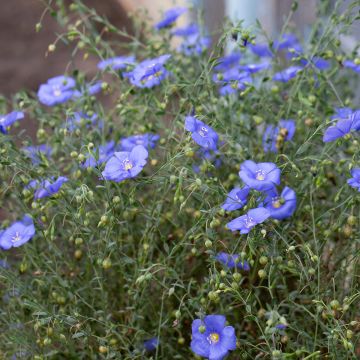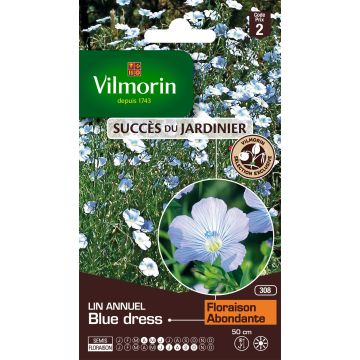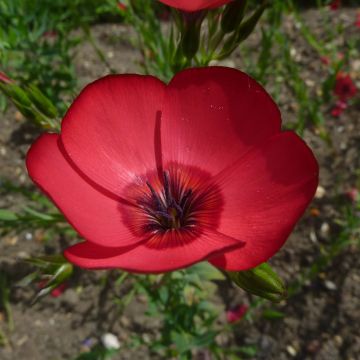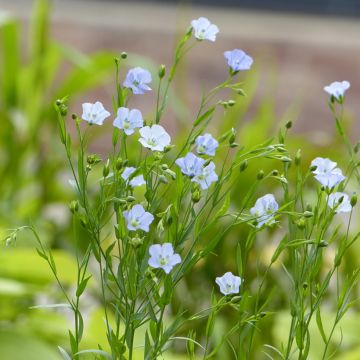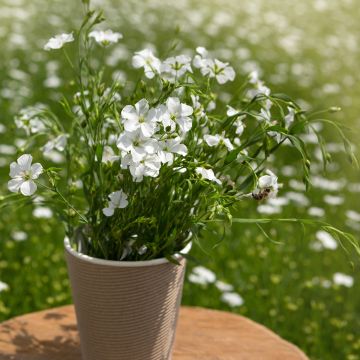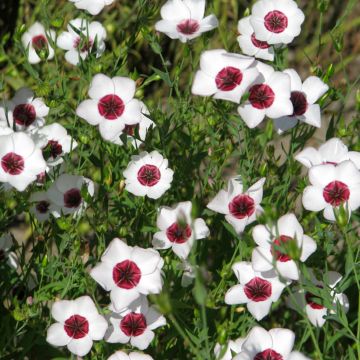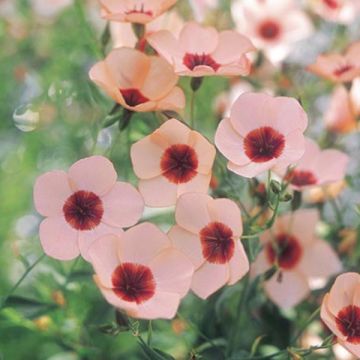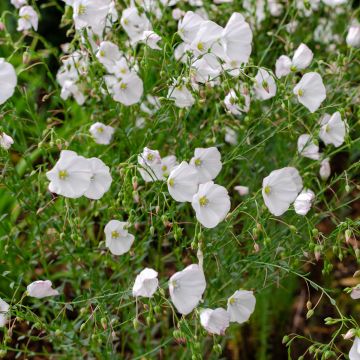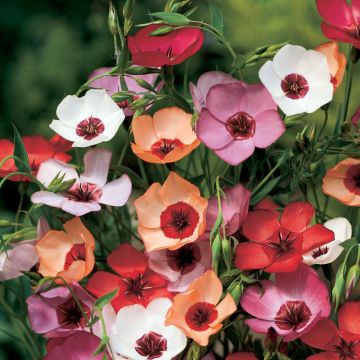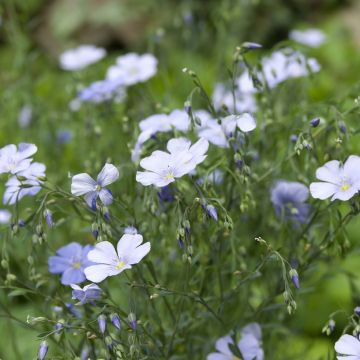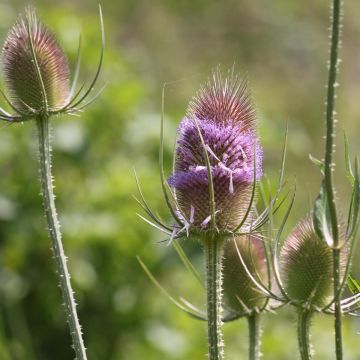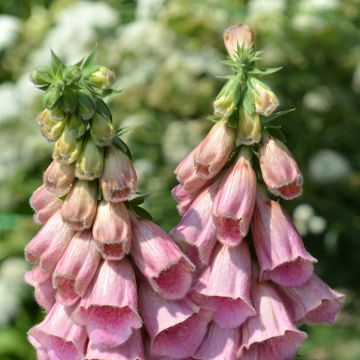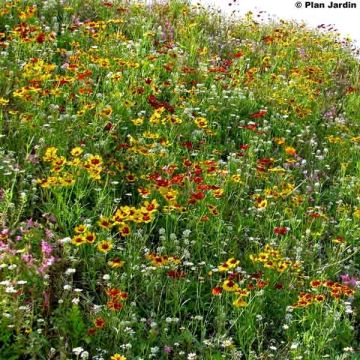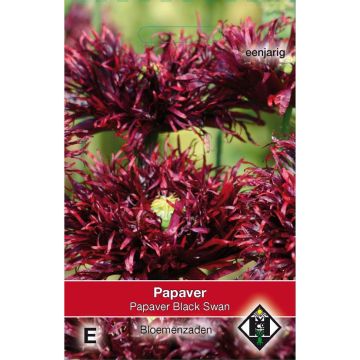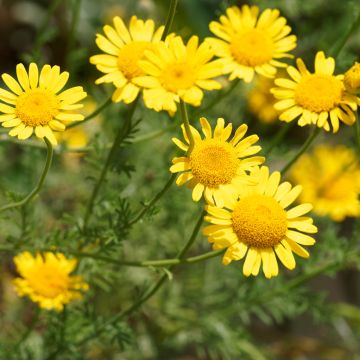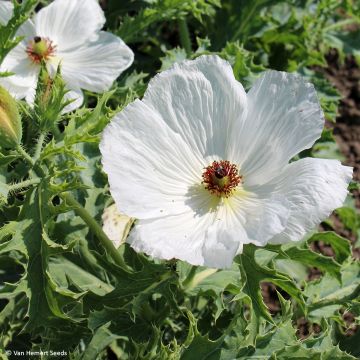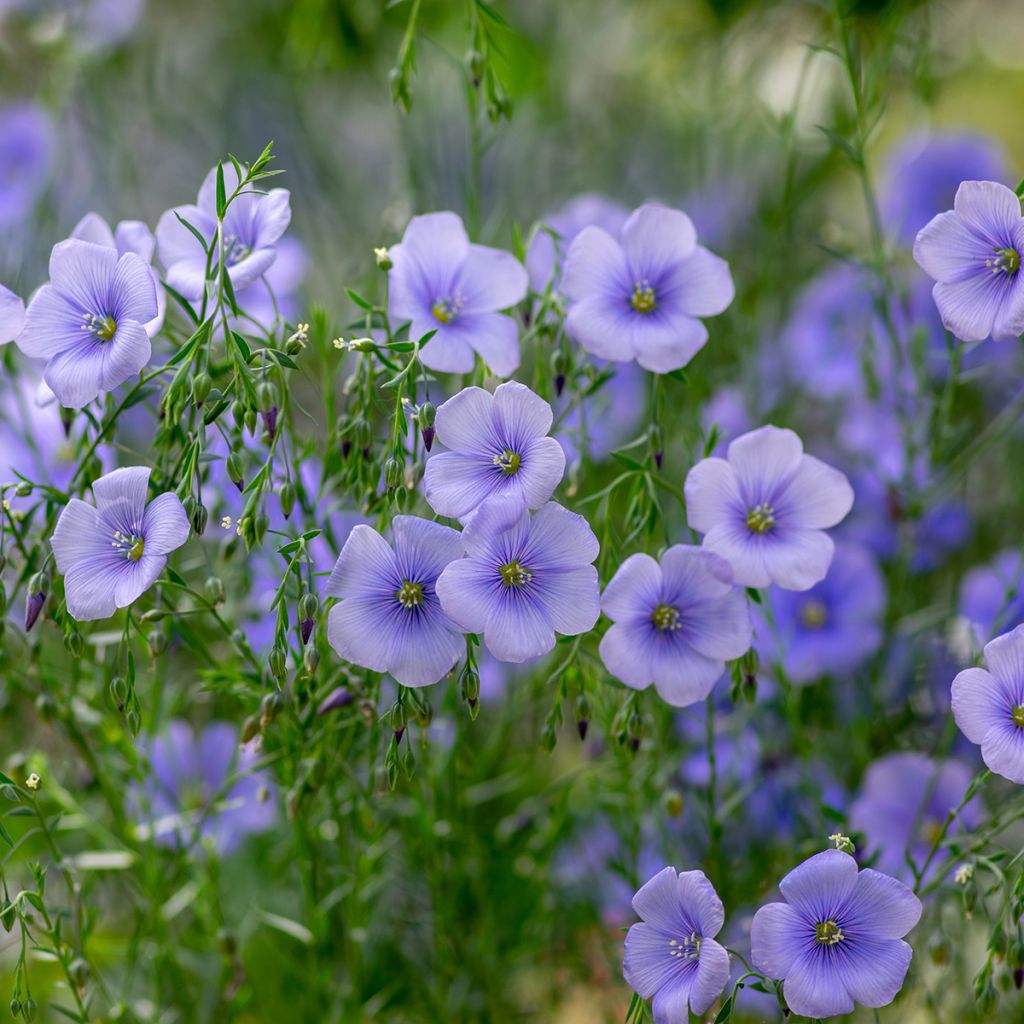

Flax seeds - Linum usitatissimum - green manure
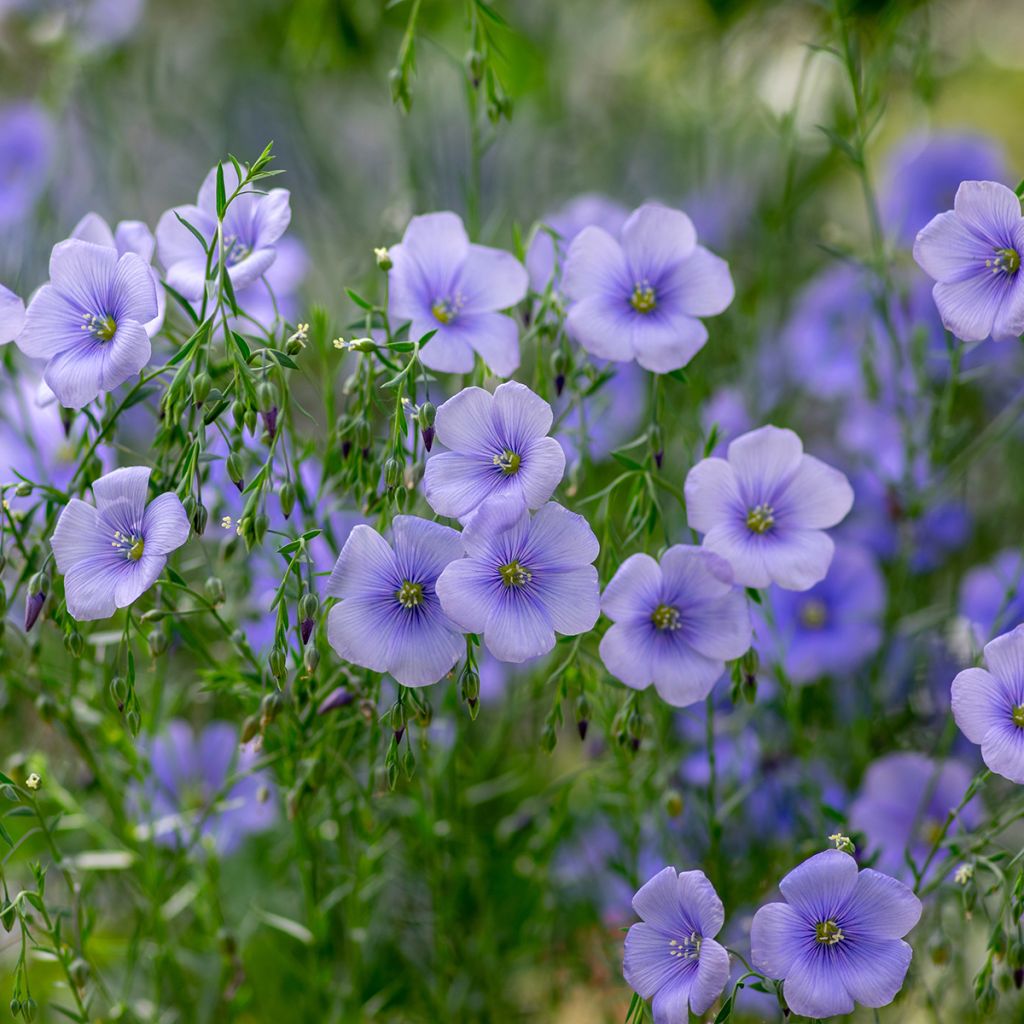

Flax seeds - Linum usitatissimum - green manure
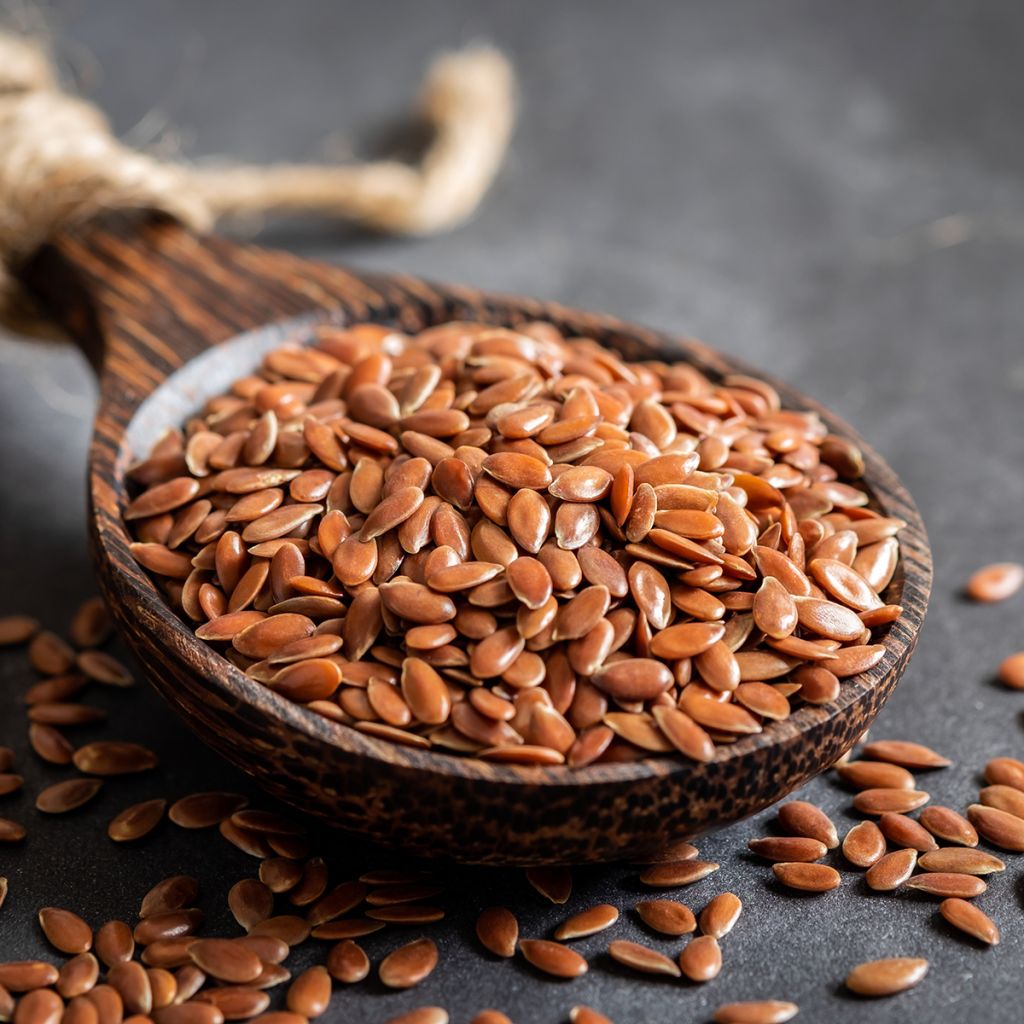

Flax seeds - Linum usitatissimum - green manure
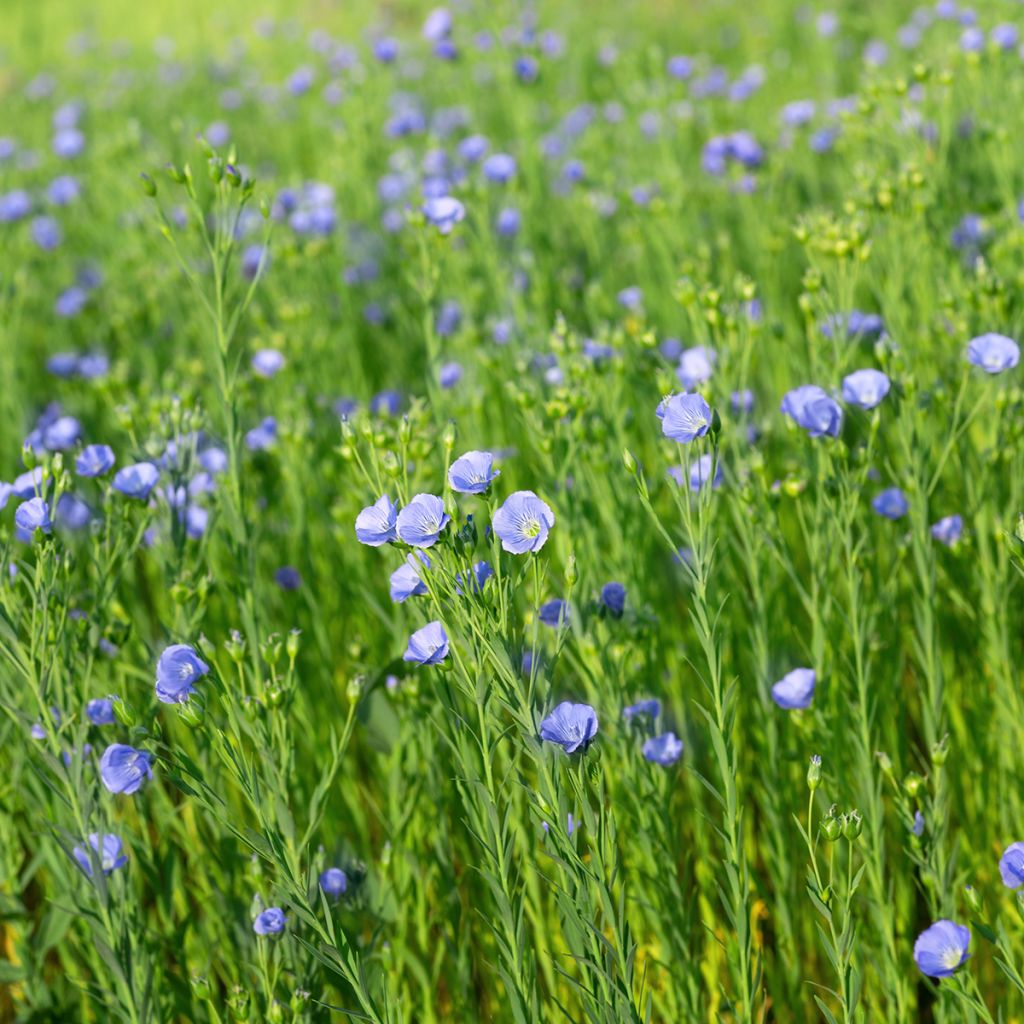

Flax seeds - Linum usitatissimum - green manure
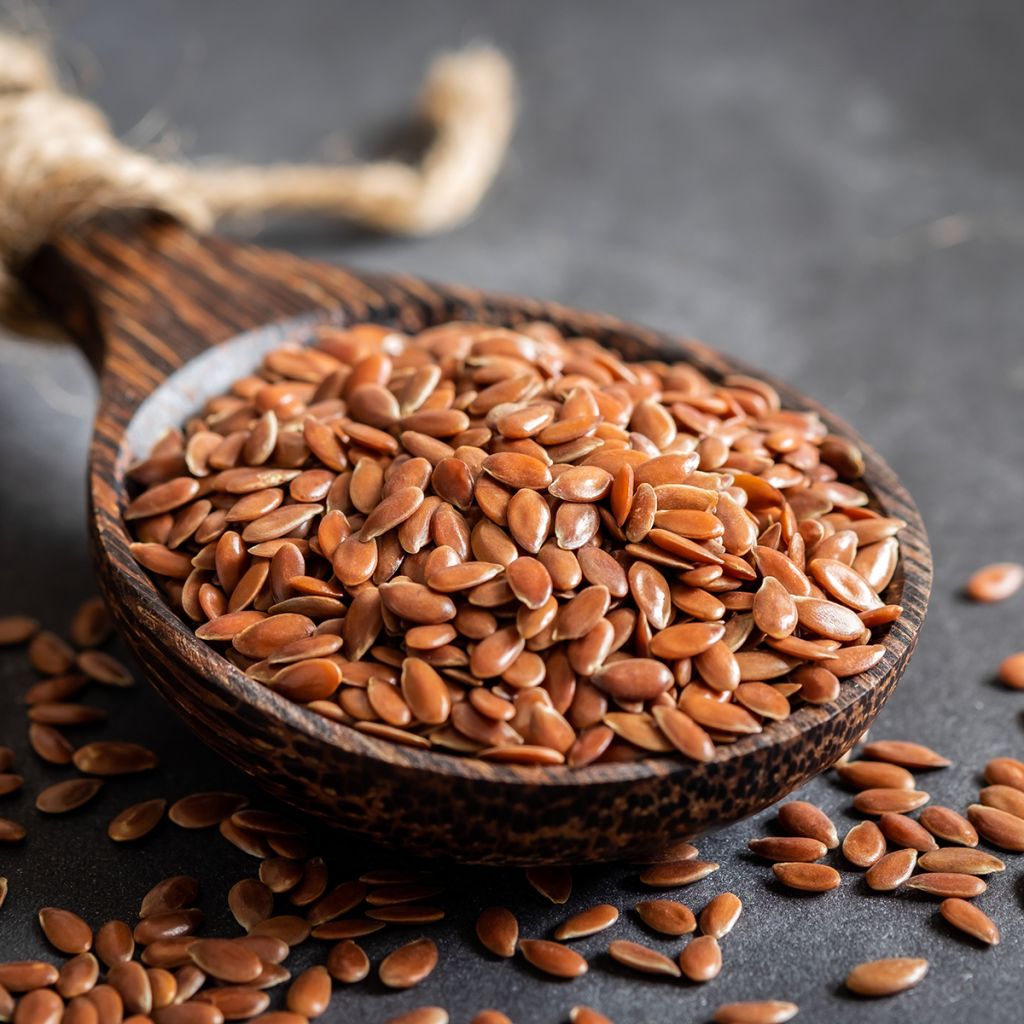

Flax seeds - Linum usitatissimum - green manure
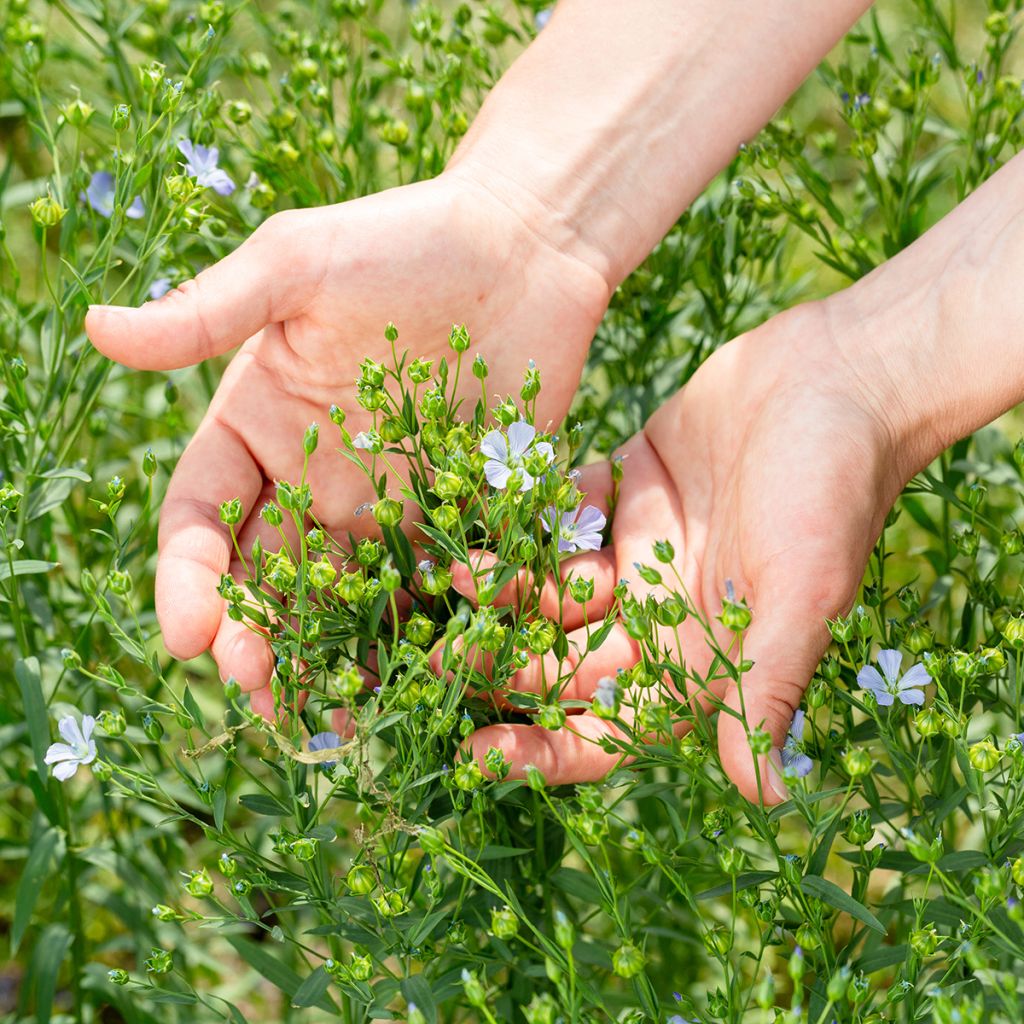

Flax seeds - Linum usitatissimum - green manure
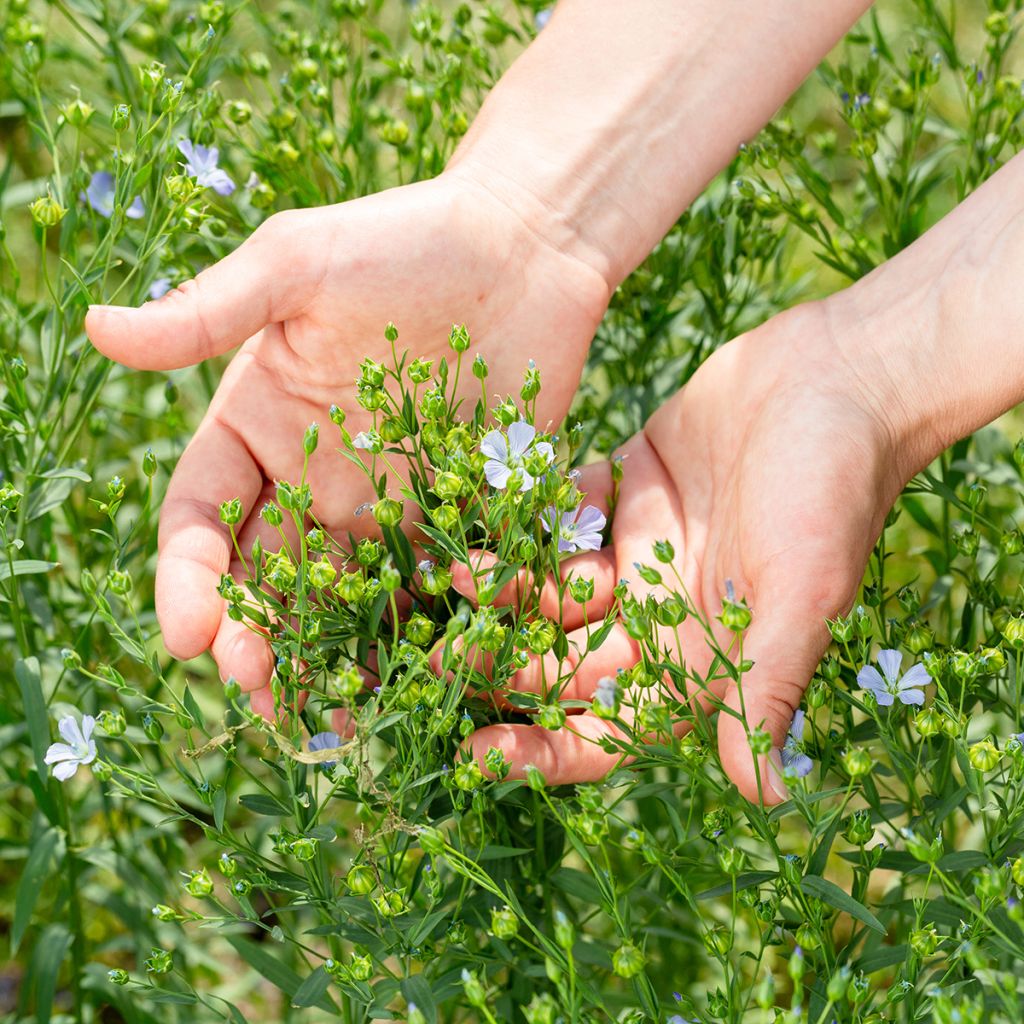

Flax seeds - Linum usitatissimum - green manure
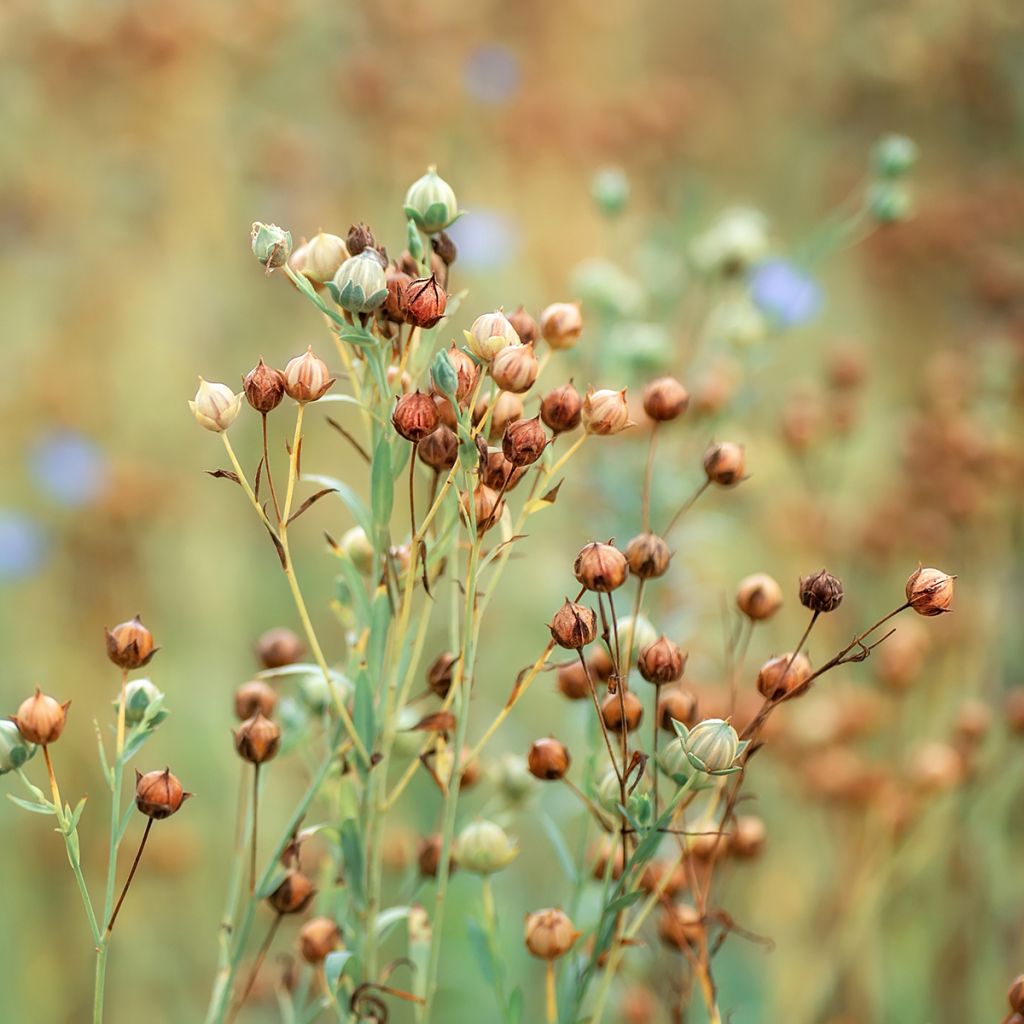

Flax seeds - Linum usitatissimum - green manure
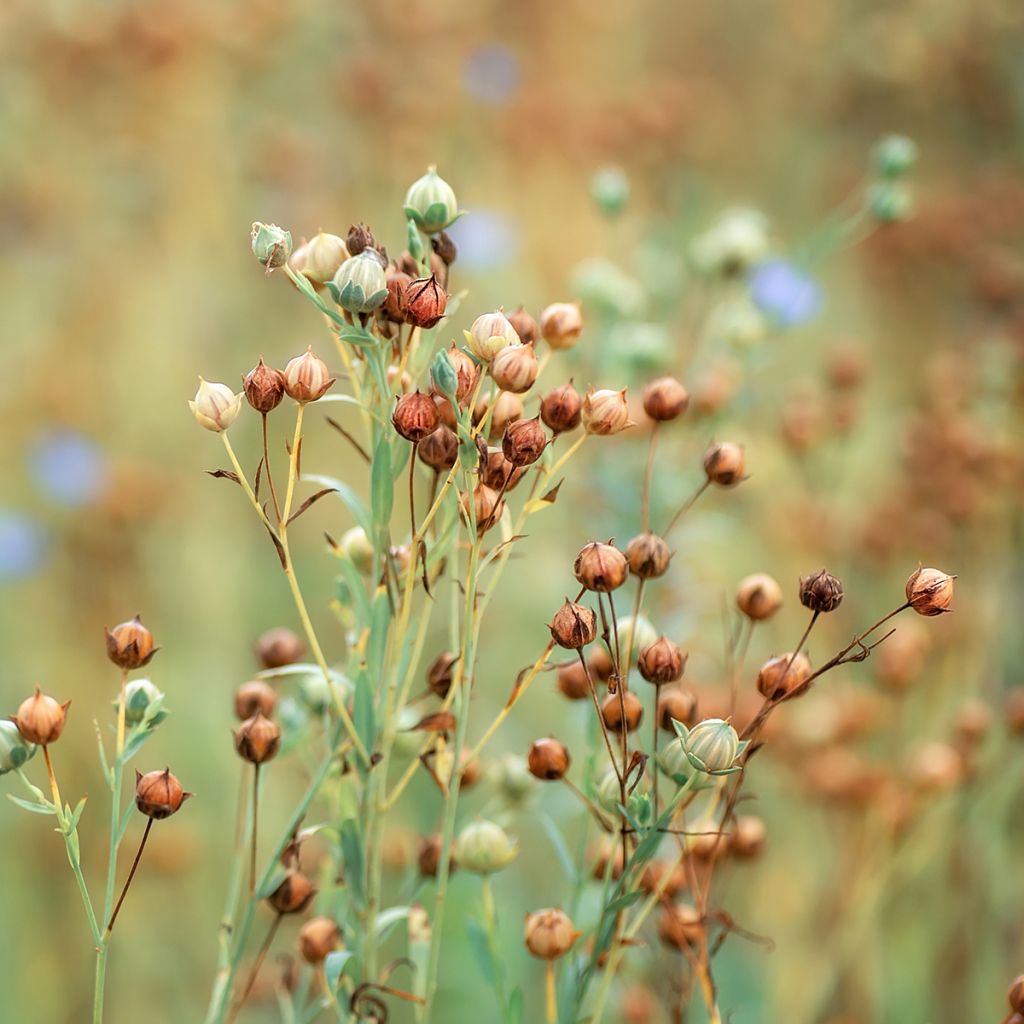

Flax seeds - Linum usitatissimum - green manure
Flax seeds - Linum usitatissimum - green manure
Linum usitatissimum
This item cannot be shipped to the selected country
Dispatch by letter from €3.90
More information
Schedule delivery date,
and select date in basket
This plant carries a 6 months recovery warranty
More information
We guarantee the quality of our plants for a full growing cycle, and will replace at our expense any plant that fails to recover under normal climatic and planting conditions.
Seed-only orders are dispatched by sealed envelope. The delivery charge for seed-only orders is €3.90.
Description
Cultivated Flax, Linum usitatissimum in Latin, is an annual plant that can be used as green manure. Through its powerful root system, it loosens the soil, improves soil structure, limits the proliferation of weeds, and helps prevent soil leaching or compaction caused by rain. Sown in spring in March-April, this flax produces lots of typical, delicate blue flowers in the summer, creating a beautiful effect. It is effective in clayey soil thanks to its multiple rootlets that break up the soil.
Cultivated flax is native to temperate and subtropical regions of the northern hemisphere and belongs to the linaceae family. It is an annual plant that forms a cluster of slender stems covered with green-blue foliage, composed of very fine, 1 to 3 cm (0 to 1in) long, lanceolate leaves. When in bloom, flax forms bushy clumps that can reach up to 1m (3ft) high. Flowering occurs, depending on the region, in the form of corymbs of five-petaled, light blue flowers with a flared funnel shape from June to August. They form terminal panicles and are borne on an upright and elongated peduncle. They wither during the day. This plant readily self-seeds in light soil. Cultivated flax has carbon-rich stems that provide humus.
Green manures like cultivated flax have many benefits and are widely used in organic gardens. They nourish and improve the soil by providing it with various nutrients and stimulating the soil's microbial life. Their roots loosen, break up, and aerate the soil. The vegetative cover protects the soil from leaching (nutrient loss in sandy soil), rain compaction (crusting in loamy soil), and erosion (due to runoff on sloping terrain during heavy rainfall). This vegetative cover also helps suppress weed growth by preventing the growth of weeds. Finally, green manures are often nectar-rich and attract pollinators.
Green manures can be sown on uncultivated plots or between rows of vegetables. They are either naturally destroyed by frost or cut before seed formation. Once cut down, they can be left in place as mulch, or crushed and incorporated into the top layers of the soil, or collected and added to compost.
Report an error about the product description
Harvest
Plant habit
Foliage
Botanical data
Linum
usitatissimum
Linaceae
Linum usitatissimum subsp. transitorium, Linum usitatissimum var. humile, Linum humile, Linum crepitans
Western Europe
Annual
Other Common Flax seeds
Planting and care
Sow Linum usitatissimum directly in the vegetable garden from March (in warm regions) to May (in cold regions). It likes full sun. Sow in fine, light, well-drained and loose soil. Cover the seeds with 1 cm (0in) of fine soil or compost, then press down with the back of a rake then water. Thin out to leave only one plant every 10 cm (4in).
Linum is sown from March to May for flowering from June to September. It is very easy to grow.
With rapid growth, it can be mowed 8 to 10 weeks after sowing. But by leaving it in place longer, its roots can better develop to aerate the soil and its stem will become rich in carbon.
Seedlings
Care
Intended location
This item has not been reviewed yet - be the first to leave a review about it.
Flower seeds
Haven't found what you were looking for?
Hardiness is the lowest winter temperature a plant can endure without suffering serious damage or even dying. However, hardiness is affected by location (a sheltered area, such as a patio), protection (winter cover) and soil type (hardiness is improved by well-drained soil).

Photo Sharing Terms & Conditions
In order to encourage gardeners to interact and share their experiences, Promesse de fleurs offers various media enabling content to be uploaded onto its Site - in particular via the ‘Photo sharing’ module.
The User agrees to refrain from:
- Posting any content that is illegal, prejudicial, insulting, racist, inciteful to hatred, revisionist, contrary to public decency, that infringes on privacy or on the privacy rights of third parties, in particular the publicity rights of persons and goods, intellectual property rights, or the right to privacy.
- Submitting content on behalf of a third party;
- Impersonate the identity of a third party and/or publish any personal information about a third party;
In general, the User undertakes to refrain from any unethical behaviour.
All Content (in particular text, comments, files, images, photos, videos, creative works, etc.), which may be subject to property or intellectual property rights, image or other private rights, shall remain the property of the User, subject to the limited rights granted by the terms of the licence granted by Promesse de fleurs as stated below. Users are at liberty to publish or not to publish such Content on the Site, notably via the ‘Photo Sharing’ facility, and accept that this Content shall be made public and freely accessible, notably on the Internet.
Users further acknowledge, undertake to have ,and guarantee that they hold all necessary rights and permissions to publish such material on the Site, in particular with regard to the legislation in force pertaining to any privacy, property, intellectual property, image, or contractual rights, or rights of any other nature. By publishing such Content on the Site, Users acknowledge accepting full liability as publishers of the Content within the meaning of the law, and grant Promesse de fleurs, free of charge, an inclusive, worldwide licence for the said Content for the entire duration of its publication, including all reproduction, representation, up/downloading, displaying, performing, transmission, and storage rights.
Users also grant permission for their name to be linked to the Content and accept that this link may not always be made available.
By engaging in posting material, Users consent to their Content becoming automatically accessible on the Internet, in particular on other sites and/or blogs and/or web pages of the Promesse de fleurs site, including in particular social pages and the Promesse de fleurs catalogue.
Users may secure the removal of entrusted content free of charge by issuing a simple request via our contact form.
The flowering period indicated on our website applies to countries and regions located in USDA zone 8 (France, the United Kingdom, Ireland, the Netherlands, etc.)
It will vary according to where you live:
- In zones 9 to 10 (Italy, Spain, Greece, etc.), flowering will occur about 2 to 4 weeks earlier.
- In zones 6 to 7 (Germany, Poland, Slovenia, and lower mountainous regions), flowering will be delayed by 2 to 3 weeks.
- In zone 5 (Central Europe, Scandinavia), blooming will be delayed by 3 to 5 weeks.
In temperate climates, pruning of spring-flowering shrubs (forsythia, spireas, etc.) should be done just after flowering.
Pruning of summer-flowering shrubs (Indian Lilac, Perovskia, etc.) can be done in winter or spring.
In cold regions as well as with frost-sensitive plants, avoid pruning too early when severe frosts may still occur.
The planting period indicated on our website applies to countries and regions located in USDA zone 8 (France, United Kingdom, Ireland, Netherlands).
It will vary according to where you live:
- In Mediterranean zones (Marseille, Madrid, Milan, etc.), autumn and winter are the best planting periods.
- In continental zones (Strasbourg, Munich, Vienna, etc.), delay planting by 2 to 3 weeks in spring and bring it forward by 2 to 4 weeks in autumn.
- In mountainous regions (the Alps, Pyrenees, Carpathians, etc.), it is best to plant in late spring (May-June) or late summer (August-September).
The harvesting period indicated on our website applies to countries and regions in USDA zone 8 (France, England, Ireland, the Netherlands).
In colder areas (Scandinavia, Poland, Austria...) fruit and vegetable harvests are likely to be delayed by 3-4 weeks.
In warmer areas (Italy, Spain, Greece, etc.), harvesting will probably take place earlier, depending on weather conditions.
The sowing periods indicated on our website apply to countries and regions within USDA Zone 8 (France, UK, Ireland, Netherlands).
In colder areas (Scandinavia, Poland, Austria...), delay any outdoor sowing by 3-4 weeks, or sow under glass.
In warmer climes (Italy, Spain, Greece, etc.), bring outdoor sowing forward by a few weeks.

































